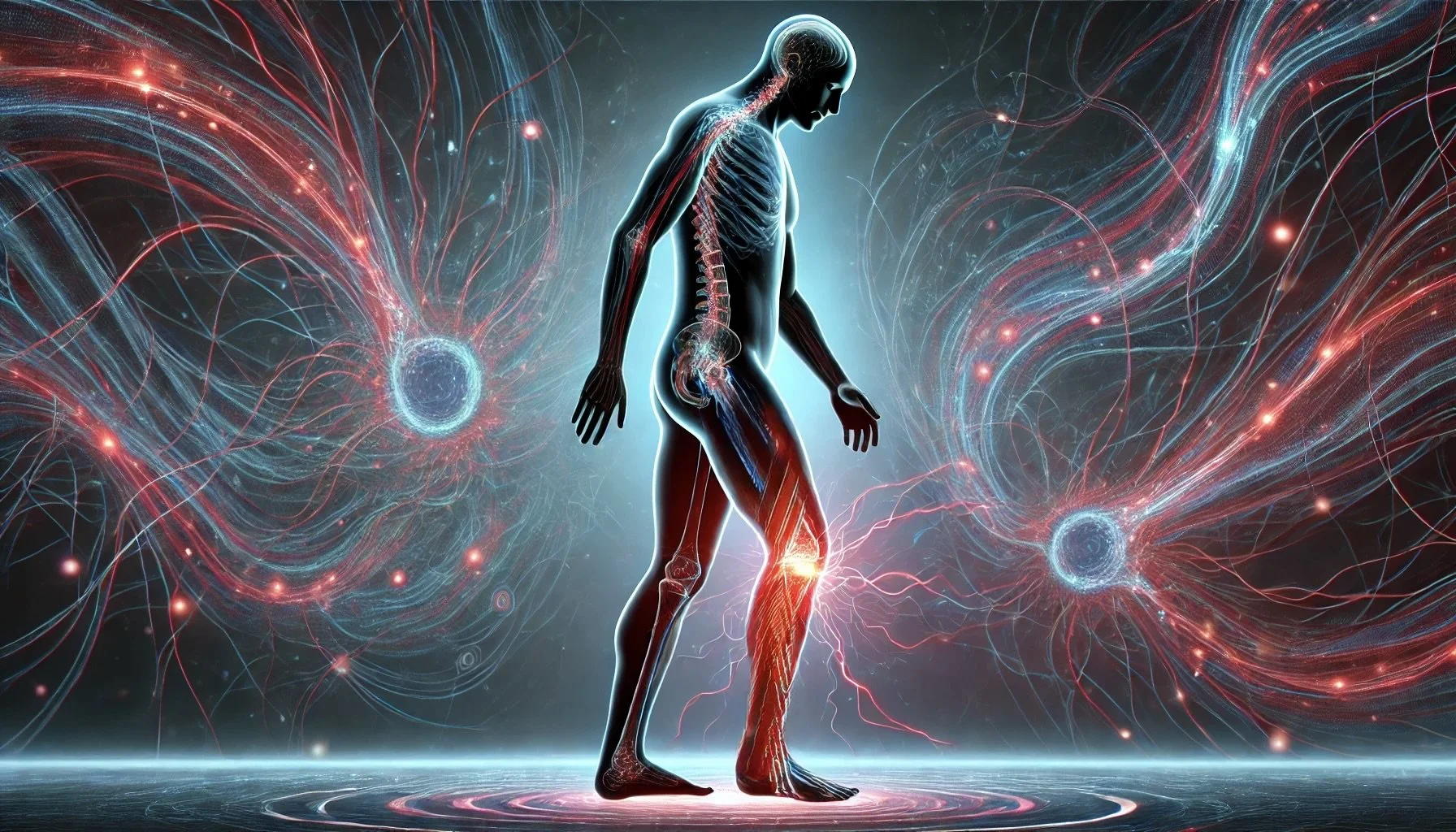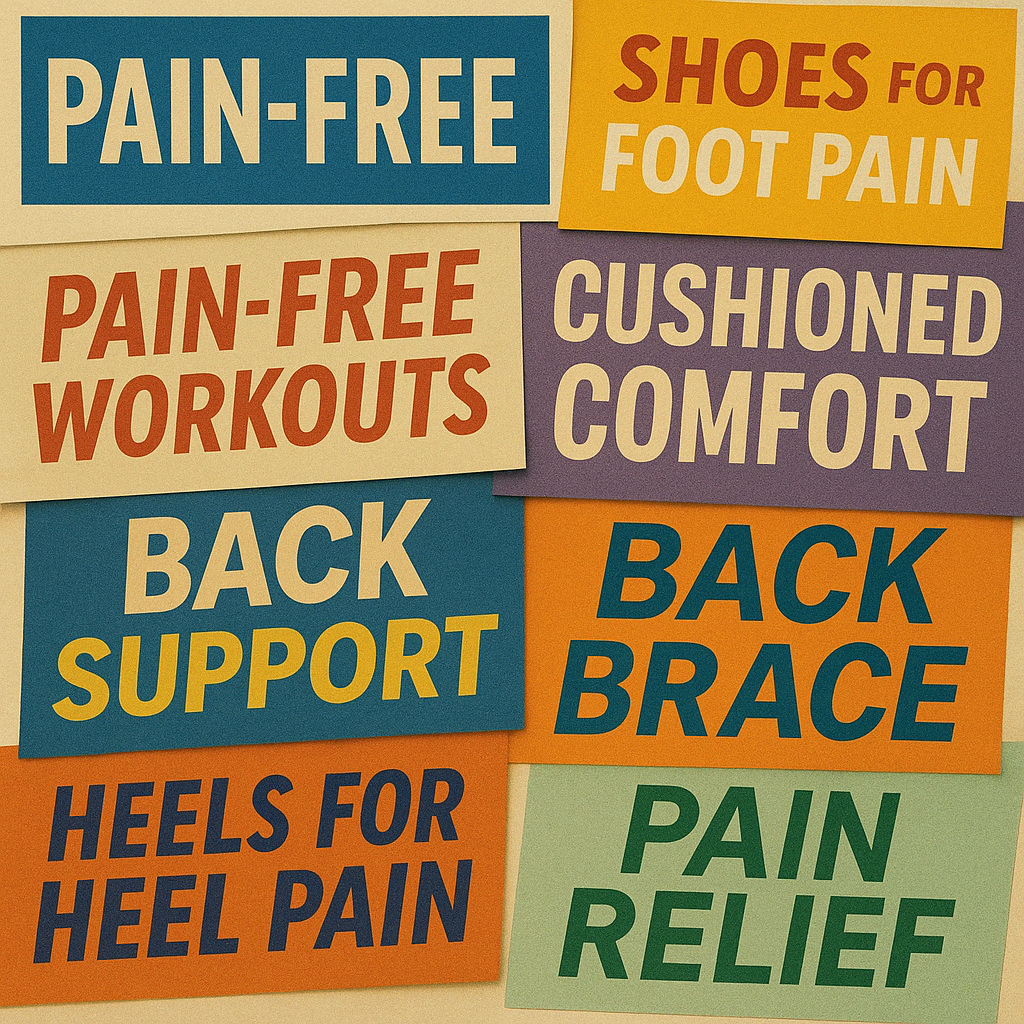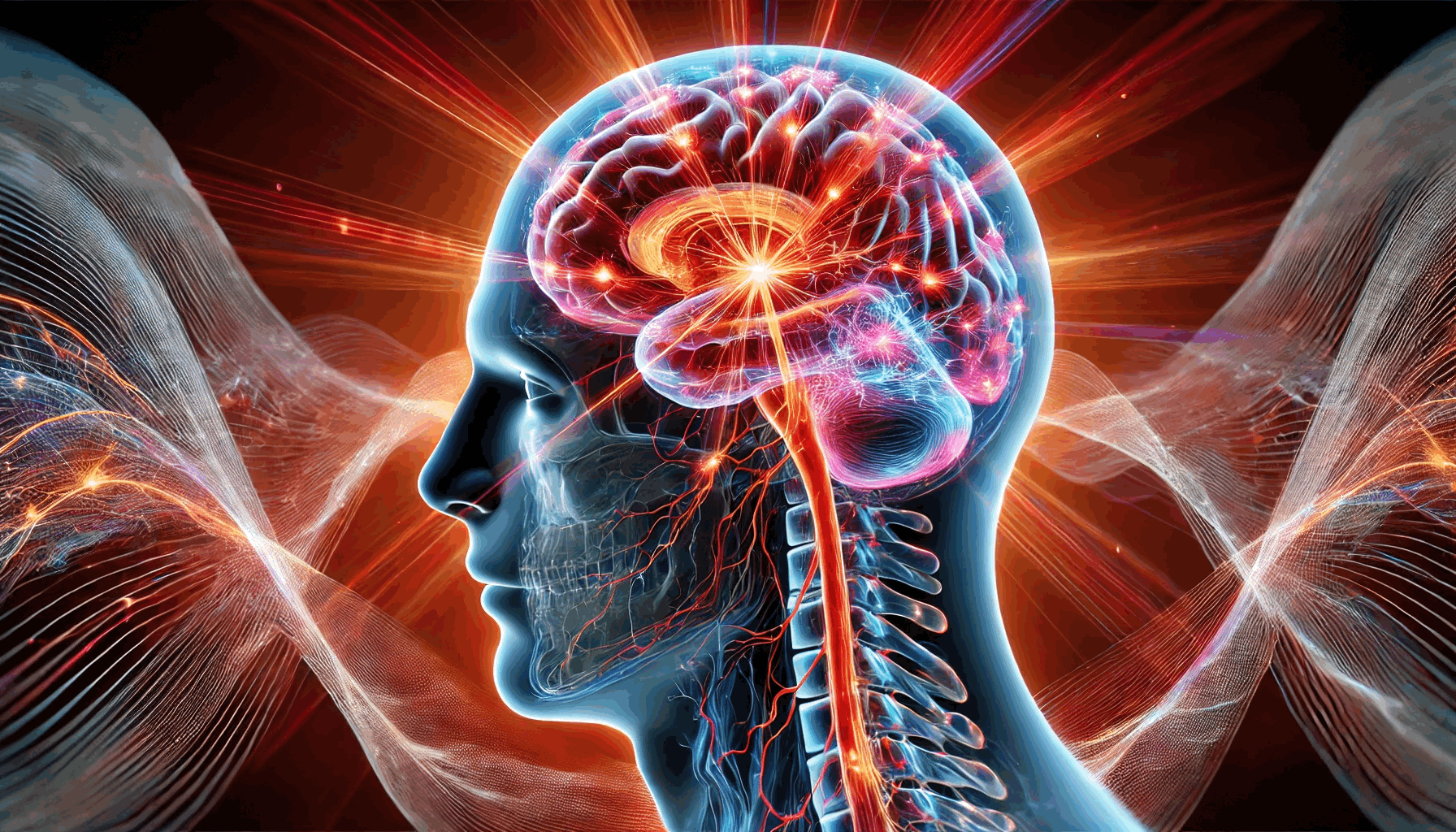🪞The Language Mirror — How a Single Sentence Can Shape a Lifetime of Pain
The most powerful interventions in pain care are not always injections, surgeries, or exercises. Sometimes they’re sentences. A single phrase—spoken by a clinician, read in a report, or overheard in passing—can quietly reshape how a person understands their body for years. This reflection explores how language becomes a mirror, and why choosing words with humility may be one of the most important acts of care we offer.
The most powerful interventions in pain care are not always injections, surgeries, or exercises. Sometimes they’re sentences. A single phrase — spoken by a clinician, read in a report, or overheard in passing — can quietly reshape how a person understands their body for years. This reflection explores how language becomes a mirror, and why choosing words with humility may be one of the most important acts of care we offer.
⚠️ The Quiet Iatrogenics of Chronic Pain
Not all harm in chronic pain care comes from neglect or malice. Some of the deepest injuries are created quietly—through certainty delivered without humility, labels given too early, and explanations that shrink a person’s sense of safety and possibility. This reflection explores how well-intended care can unintentionally deepen suffering, and why recognizing iatrogenics in pain is a necessary step toward healing.
Not all harm in chronic pain care comes from neglect or malice. Some of the deepest injuries are created quietly — through certainty delivered without humility, labels given too early, and explanations that shrink a person’s sense of safety and possibility. This reflection explores how well-intended care can unintentionally deepen suffering, and why recognizing iatrogenics in pain is a necessary step toward healing.
🔄 The Pain Paradox: When Healing Hurts (and When Pain Is Actually Helpful)
We’re taught to fear pain. But what if some pain is actually helpful? From post-workout soreness to emotional breakthroughs, pain can be a sign of growth, not damage. When we learn to distinguish protective pain from productive pain, healing begins to make more sense — and feel less scary.
We’re taught to fear pain. But what if pain isn’t always a problem?
Healing often hurts — and not because something’s wrong, but because something is changing.
Like sore muscles after exercise or emotional discomfort in therapy, pain can be a sign of growth, not damage.
In Regenerative Pain Theory, pain is a form of intelligence — your body adapting, updating, responding.
It doesn’t always mean stop. Sometimes, it means keep going, wisely.
Pain isn’t always protective. Sometimes, it’s productive.
The trick is learning to ask: Is this pain harming me — or helping me heal?
Pain that leads somewhere isn’t suffering. It’s signal.
🕵️♂️ Why Are We Still So Afraid of Pain?
Why are we still so afraid of pain?
Despite all the science showing that pain isn’t always a sign of damage, we still treat it like a threat. We still rate it, avoid it, and design entire treatment plans around its elimination.
This piece explores how fear, culture, and medical systems have conspired to make pain seem dangerous—even when it’s not. It challenges us to shift our relationship to pain from one of fear to one of understanding, and to teach patients that pain isn’t the enemy. It's the start of a conversation.
For all our progress in neuroscience and rehabilitation, one stubborn fact remains: we’re still terrified of pain. Not just because it hurts, but because we’ve built a culture around avoiding it at all costs. Pain is marketed as a defect, a flaw, a failure. And even clinicians, trained in modern pain science, can get caught reinforcing the fear.
But pain isn’t the enemy. It’s a signal—sometimes a protector, sometimes a messenger. When we learn to listen to it, rather than eliminate it, we shift from helplessness to agency.
If we want to change the pain conversation, we have to stop fearing it first.
Read the Full Post on Substack ➡️
✨ What If Pain Is an Intelligence?
What if pain isn’t an error at all, but a form of intelligence—always learning, always adapting?
Pain doesn’t just arise from tissue damage. It comes from stories, memory, belief, and past experience. It works like an embodied AI system: collecting data, making predictions, guarding against threats. That’s the idea behind Regenerative Pain Theory: pain as a neural system shaped by information, not just injury.
The good news? Like any intelligent system, pain can be re-educated. Through trust, story, and guided movement, we can reshape how the body responds. Pain isn’t a punishment. It’s protection gone too far. And that means it can change.
Pain isn’t just a signal. It’s a storyteller, a learner, a protector. What if it wasn’t something broken—but something smart? In this piece, we introduce Regenerative Pain Theory: the idea that pain adapts like a neural network, shaped by meaning, memory, and past experience.
Unlike outdated models that see pain as damage, Regenerative Pain Theory views pain as a dynamic intelligence—not artificial, but embodied. It gathers data, makes predictions, and responds to patterns. The catch? If it learns the wrong story (like "movement is dangerous"), it can become overprotective.
But here’s the hope: just like AI, pain can be retrained. Through movement, trust, new narratives, and meaningful exposure, we can help the system adapt again—toward recovery, not retreat. Pain isn't a glitch. It's a form of biological intelligence waiting for a better story.
🌱 The New Story of Pain: From Broken to Becoming
What if pain isn’t a glitch in the body—but a signal of possibility? The old story treats pain as damage. But the new story reframes it as an adaptive, intelligent process rooted in meaning, memory, and connection. This shift could transform not only how we treat pain, but how we relate to our bodies—and ourselves.
We’ve inherited a story where pain means something is broken. The body is seen as a machine, and pain is the red warning light that something needs to be fixed, replaced, or silenced. This story built our protocols, powered our clinics — but it hasn’t healed us. In fact, it might be part of what’s keeping us stuck.
The new story of pain isn’t about brokenness. It’s about process. It tells us pain is a signal — not of damage, but of protection, perception, and potential. Pain is shaped by meaning, memory, and experience. It reflects not just what’s happening in our tissues, but what’s happening in our lives. And it can change — through story, movement, relationship, and trust.
This shift asks us to move beyond “what’s wrong?” and toward “what’s needed?” Beyond suppression, toward conversation. Beyond protocols, toward presence. When we embrace this new story, we don’t erase pain — we give it a place to move, to teach, to transform.
You are not broken. You’re becoming.
🧠 The AI Inside: Why Chronic Pain Isn’t Just a Longer Version of Acute Pain
Chronic pain isn’t just “pain that lasts longer.” It behaves more like artificial intelligence — adapting, learning, and protecting patterns. To change the pain, we have to change the system.
Most people think chronic pain is just acute pain that won’t go away. But they’re not the same thing — not even close.
Acute pain is like a reflex. It responds to damage, follows a predictable path, and usually fades as healing happens. But chronic pain behaves more like artificial intelligence: it adapts, it learns, and it builds patterns based on your history, beliefs, fears, and environment.
This isn’t pain as a symptom — it’s pain as a system. If we want to change the output, we have to change the way we understand it. Chronic pain doesn’t just protect you from injury. It protects a pattern. And that means it can be re-trained.




